Native Plants, growing and identifying them.
Jay 6a Chicago
2 years ago
last modified: 9 months ago
Featured Answer
Sort by:Oldest
Comments (1.4K)
Iris S (SC, Zone 7b)
8 months agoIris S (SC, Zone 7b)
8 months agolast modified: 8 months agoRelated Discussions
need Native plants that can grow indoors
Comments (15)Though -- as has been pointed out -- this is an ancient thread resurrected by some post necromancy spell, I'll respond. @s8us89ds The OP had expressed an interest in plants <u>native to Maryland</u>. This, then, would translate to winter hardy/temperate plants. Perennial plants native to the northern regions require a cold winter dormancy -- even the evergreens. It is not merely a matter of utilizing "indoor grow lights". It is more a matter of providing the freezing or near freezing temps these plants require to go and remain in a dormant state for 3-6 months of the year. Without it, they decline and die. This makes them unsuitable as houseplants as there is no practical way to provide them with such conditions indoors. (Even bonsai trees -- if species from the "Great White North" are used -- MUST be given a cold dormancy.) Now perhaps it might be possible to selectively breed for a lack of dormancy. However, such a program would take years to bear fruit (so to speak) and would likely result in plants which would not go dormant when reintroduced to outdoor life. This would nullify their usefulness as a way to replenish outdoor natives. Finally, most live plants simply do not work well in vivariums long term. Providing conditions the plant require to thrive (not merely survive) whilst simultaneously providing the correct conditions for animals is surprisingly difficult. Furthermore, animals typically beat the heck out of live plants in the confines of a terrarium in short order. (Think how quickly the grass in one's yard gets killed off in certain spots because of all the foot traffic.)...See MoreIdentify plant growing in Middle East
Comments (2)I think it's a Bo Tree (Ficus religiosa)....See MoreCan native scottish plants grow well MI?
Comments (5)Well, the heaths and heathers will survive here in central Michigan, just need excellent drainage. Really being promoted for winter color in the garden magazines. The best ones I have seen here were in raised gravel beds, berm type areas, raised almost 2ft. This gave good drainage, didn't keep the centers, bud growth areas, damp or covered with mulch. Cold was not the problems, sitting in wet dirt killed them. Mold on green areas and root rot....See MoreHelp identifying a plant growing in the garden
Comments (2)Sorrel perhaps?...See MoreJay 6a Chicago
8 months agolast modified: 8 months agoJay 6a Chicago
8 months agoJay 6a Chicago
8 months agoIris S (SC, Zone 7b)
8 months agoJay 6a Chicago
8 months agoIris S (SC, Zone 7b)
8 months agoSkip1909
8 months agoSkip1909
8 months agoJay 6a Chicago
8 months agoIris S (SC, Zone 7b)
8 months agoSkip1909
8 months agoJay 6a Chicago
8 months agolast modified: 8 months agoJay 6a Chicago
8 months agolast modified: 8 months agoIris S (SC, Zone 7b)
8 months agoSkip1909
8 months agoJay 6a Chicago
8 months agolast modified: 8 months agoJay 6a Chicago
8 months agoIris S (SC, Zone 7b)
8 months agoJay 6a Chicago
8 months agolast modified: 8 months agoIris S (SC, Zone 7b)
8 months agoIris S (SC, Zone 7b)
8 months agoSkip1909
8 months agoJay 6a Chicago
8 months agoIris S (SC, Zone 7b)
8 months agoJay 6a Chicago
8 months agoJay 6a Chicago
8 months agoIris S (SC, Zone 7b)
7 months agolast modified: 7 months agoSkip1909
7 months agolast modified: 7 months agoIris S (SC, Zone 7b)
7 months agoJay 6a Chicago
7 months agolast modified: 7 months agoSkip1909
7 months agoIris S (SC, Zone 7b)
7 months agolast modified: 7 months agoJay 6a Chicago
7 months agolast modified: 7 months agoSkip1909
7 months agolast modified: 7 months agoSkip1909
7 months agolast modified: 7 months agoIris S (SC, Zone 7b)
7 months agolast modified: 7 months agoJay 6a Chicago
7 months agoSkip1909
7 months agoIris S (SC, Zone 7b)
7 months agoJay 6a Chicago
7 months agolast modified: 7 months agoJay 6a Chicago
7 months agolast modified: 7 months agoJay 6a Chicago
7 months agolast modified: 7 months agoJay 6a Chicago
7 months agolast modified: 7 months agoIris S (SC, Zone 7b)
7 months agoJay 6a Chicago
7 months agoIris S (SC, Zone 7b)
7 months agoJay 6a Chicago
7 months agoIris S (SC, Zone 7b)
7 months ago
Related Stories
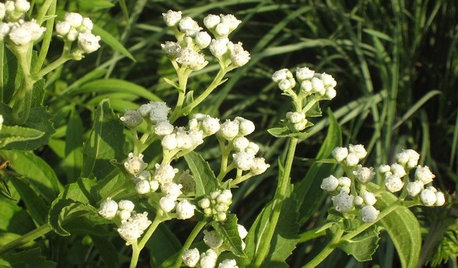
NATIVE PLANTSGreat Native Plant: Grow Wild Quinine for Its Unique Clusters of Blooms
Get connoisseur cred and unique blooms with this uncommon plant. Bonus assets: It’s low maintenance and drought tolerant
Full Story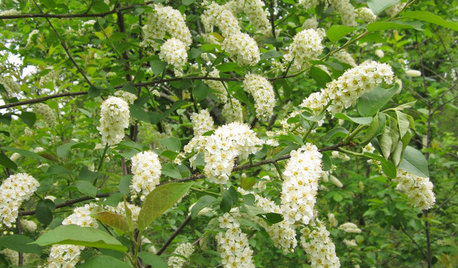
TREESNative Plant Alternatives to Invasive Common Buckthorn
Learn how to identify and control this aggressive plant, and what to grow in its place
Full Story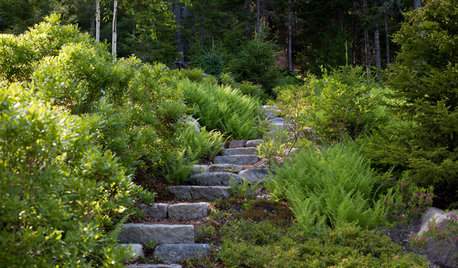
GARDENING GUIDESGreat Design Plant: Grow Blueberries for Their Fruit and More
Eastern gardeners should consider growing blueberry plants for their delicious fruits, bee-friendly spring blooms and brilliant fall foliage
Full Story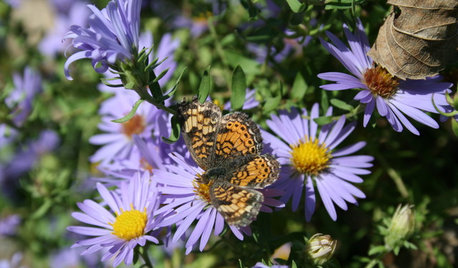
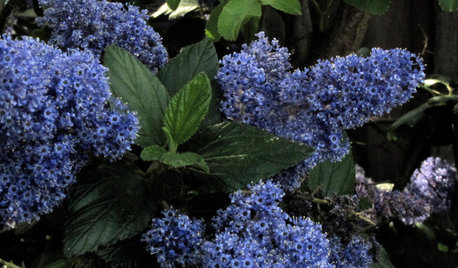
GARDENING GUIDES10 Top California Native Plants, Trees and Grasses
Enjoy a fuss-free, water-wise garden in the Golden State by growing plants naturally in tune with the climate and wildlife
Full Story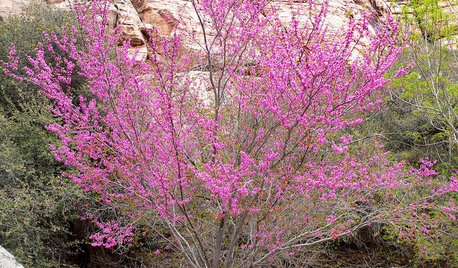
GARDENING GUIDES10 Top Native Plants for Northern California Gardens
Enjoy a fuss-free, water-wise garden by growing plants naturally in tune with the climate and wildlife of Northern California
Full Story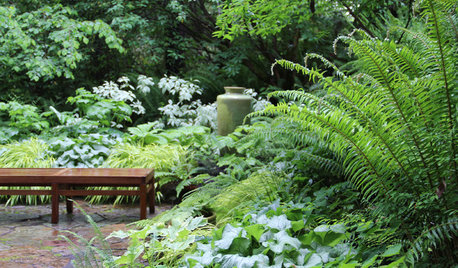
GARDENING GUIDES9 Top Native Plants for Beginning Gardeners
When you’re just starting out, choose easy-to-grow natives like these adapted to your area
Full Story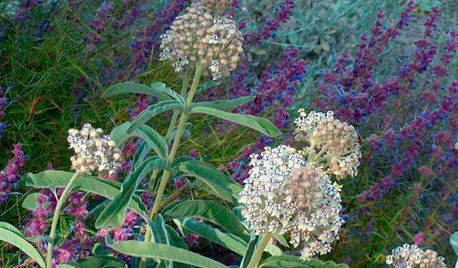
GARDENING GUIDES10 Top Native Plants for Southern California Gardens
Enjoy a fuss-free, water-wise garden by growing plants naturally in tune with the climate and wildlife of Southern California
Full Story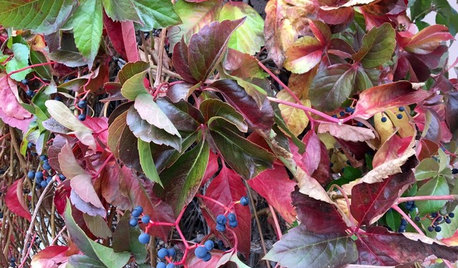
FLOWERS AND PLANTSGrow a Brilliant Seasonal Screen and Feed the Birds With Woodbine
Plant this fast-growing vine to green up a blank spot, add fall color and offer berries for birds
Full Story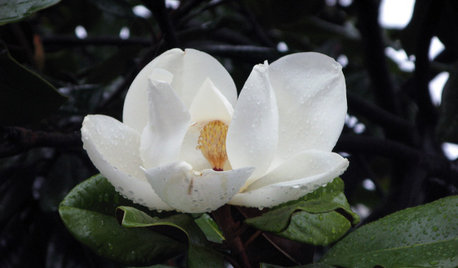
GARDENING GUIDES10 Top Native Plants for the U.S. Southeast
For a low-maintenance and wildlife-friendly landscape, use Southern natives that withstand heat and humidity
Full Story



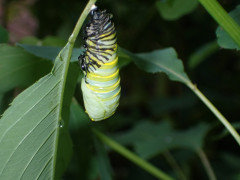
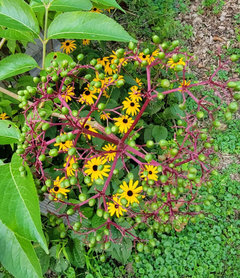
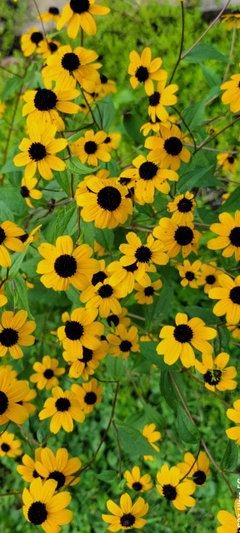
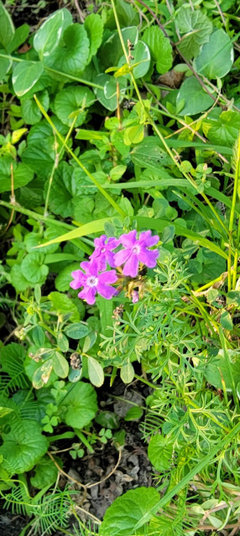

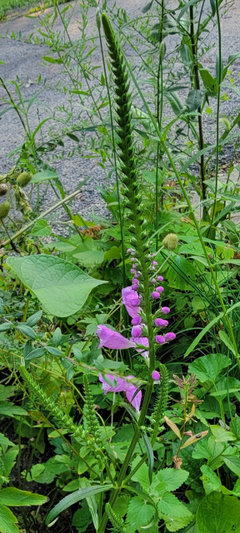
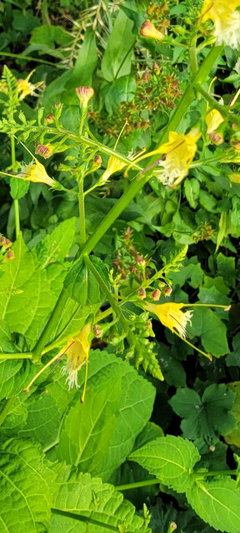
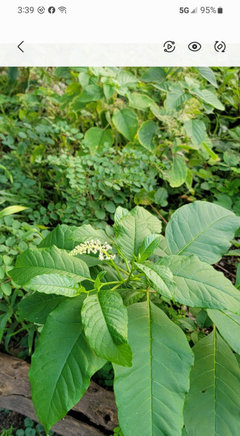
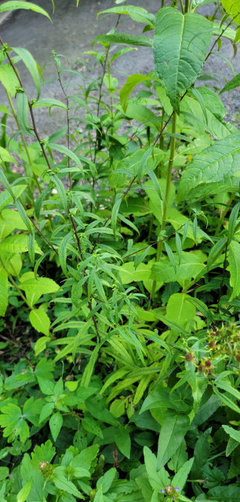
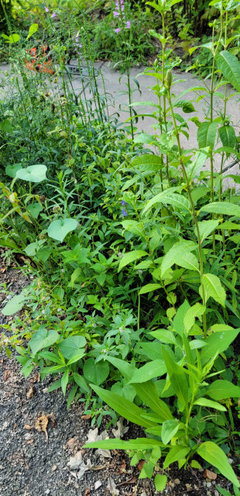

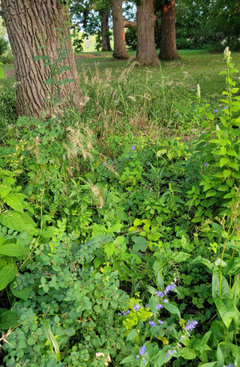
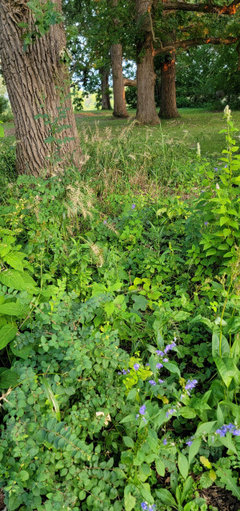
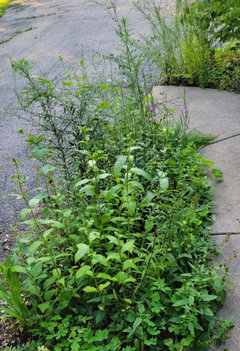
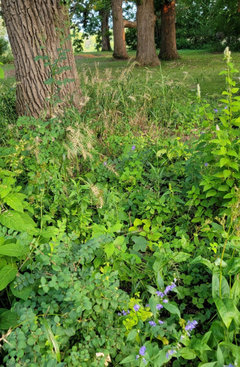
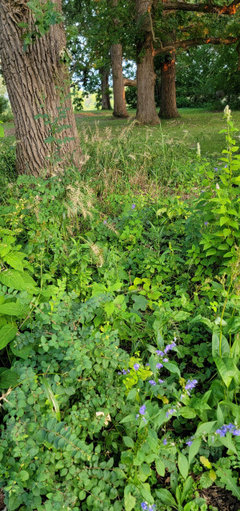
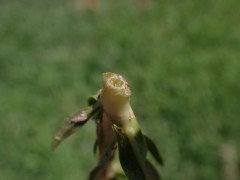
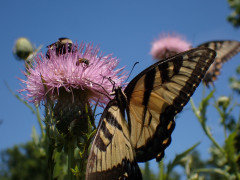
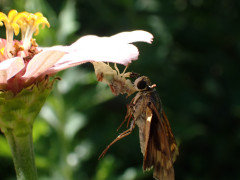
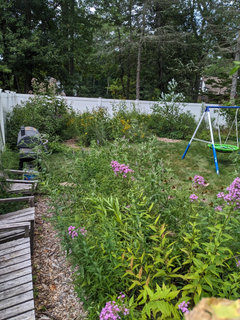
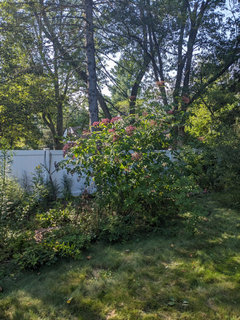
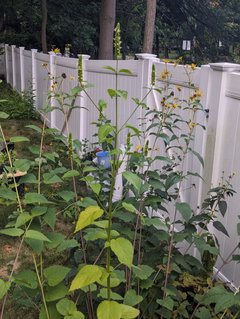
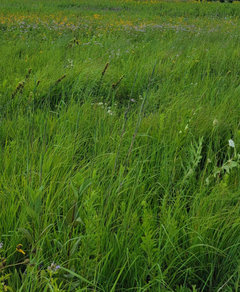
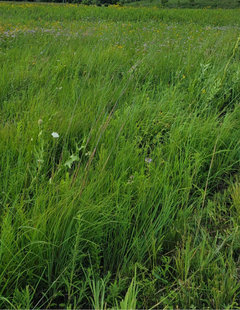
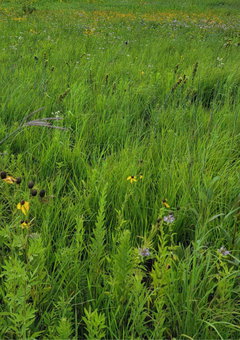
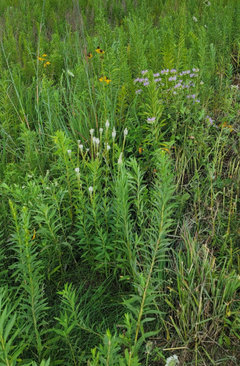
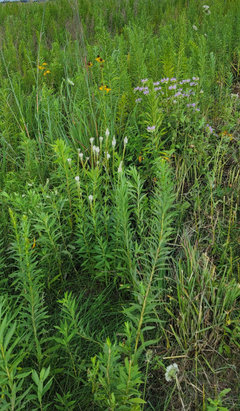
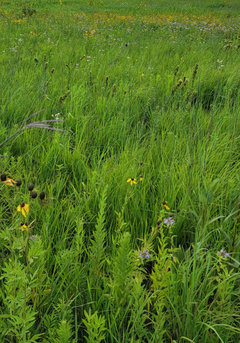
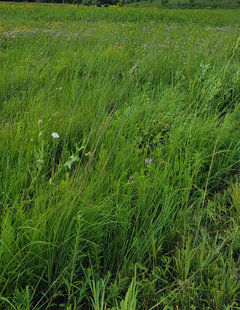

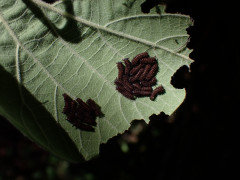
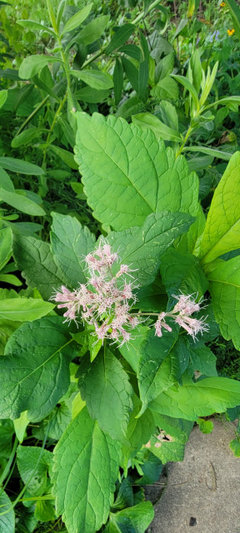
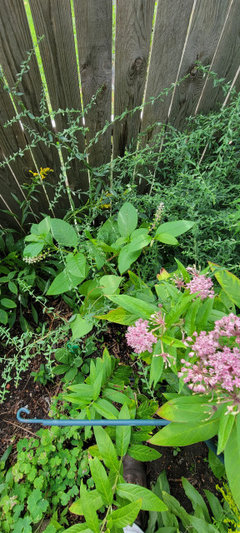
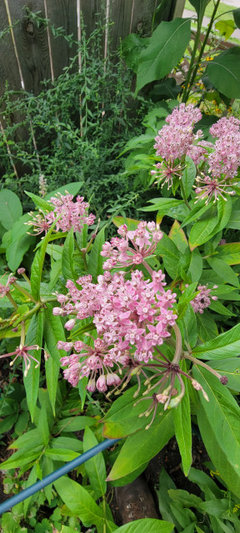

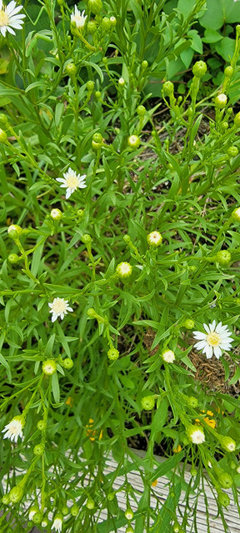


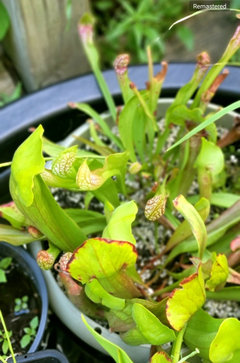
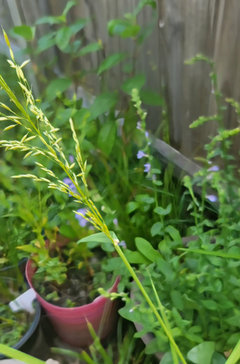
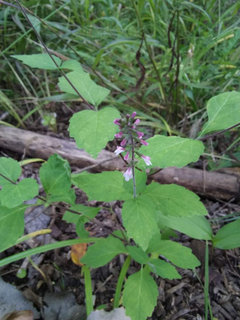
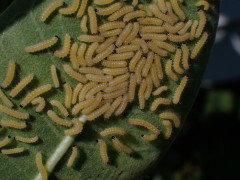
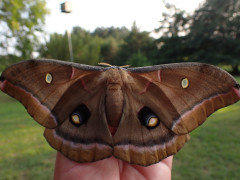
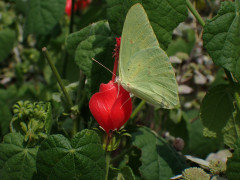
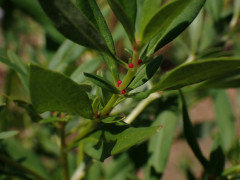
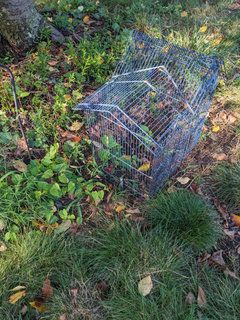

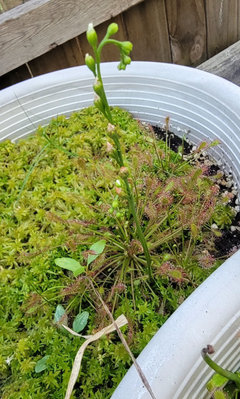
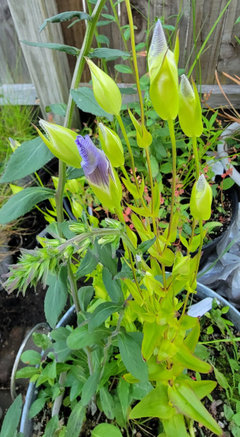

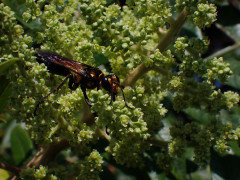
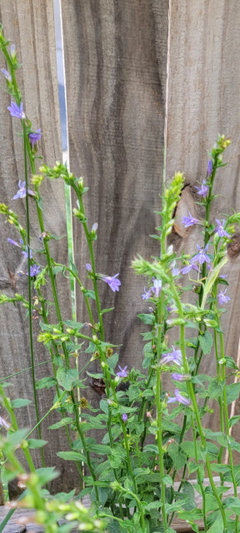
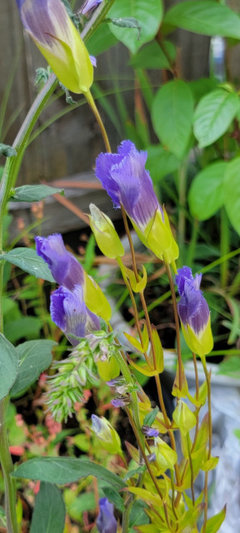
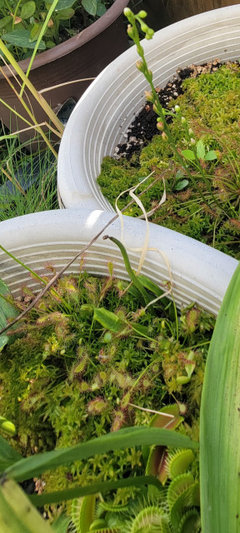
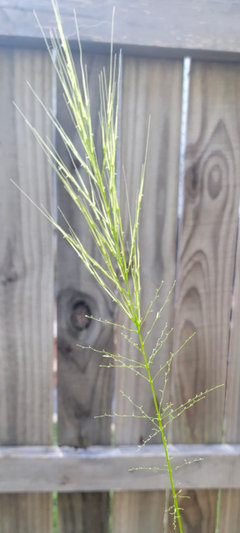

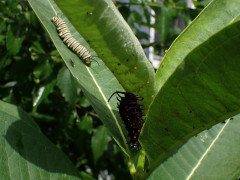

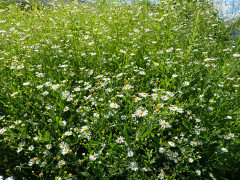
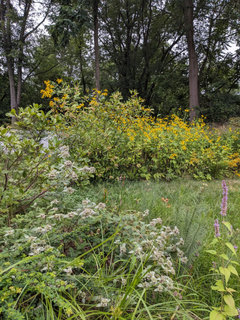
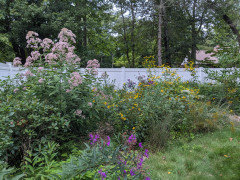
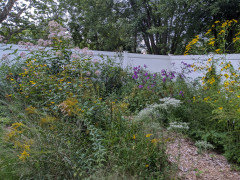

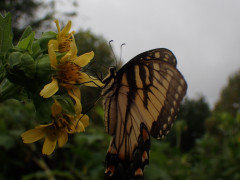

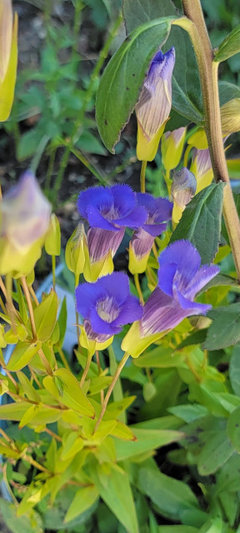
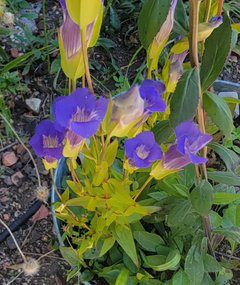
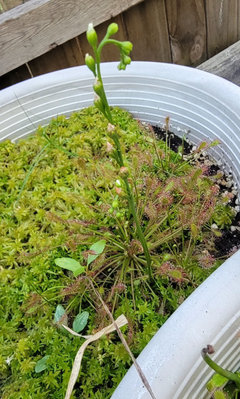
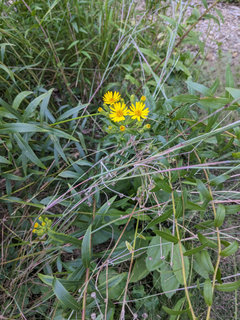
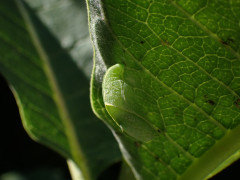
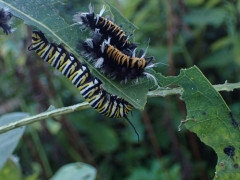
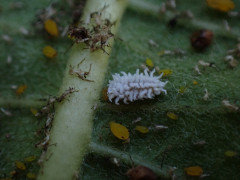
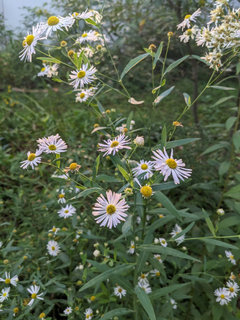
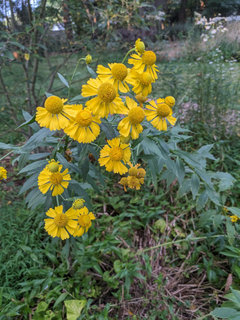
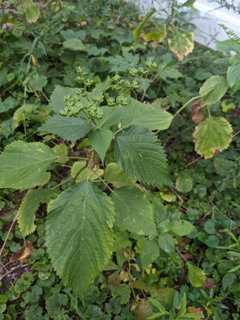
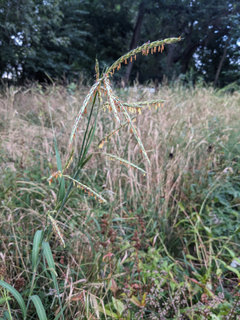
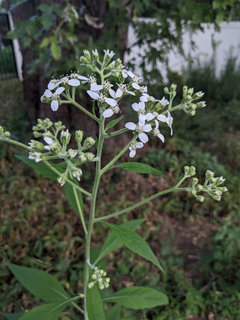
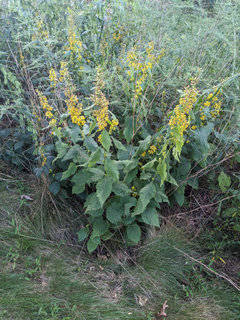
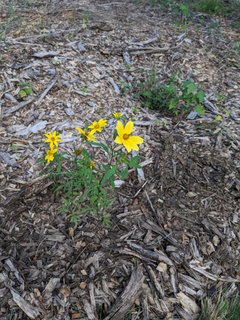
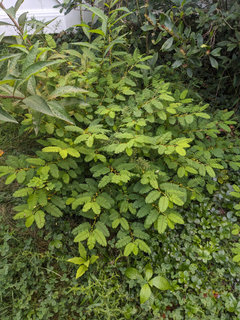
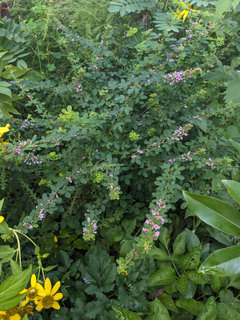
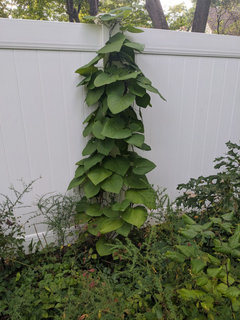
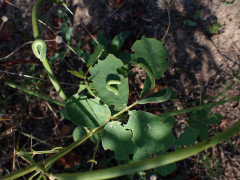
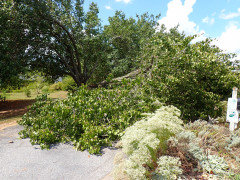
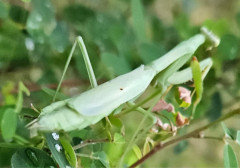
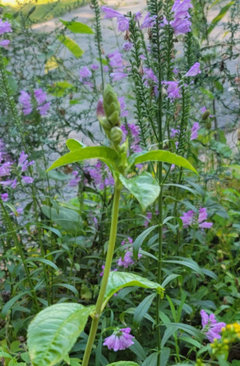
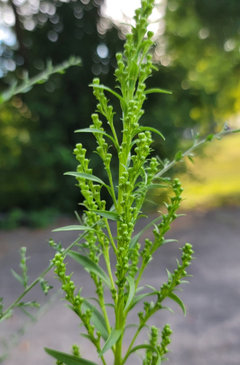
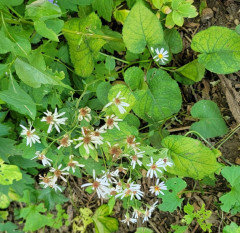
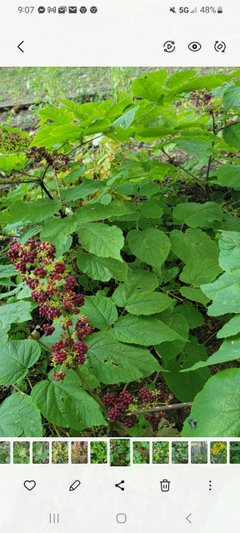
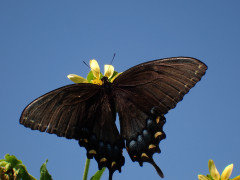

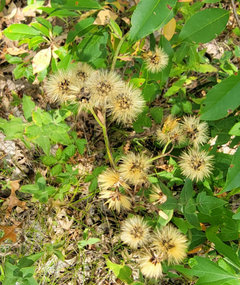
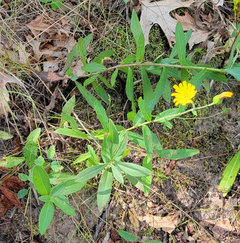
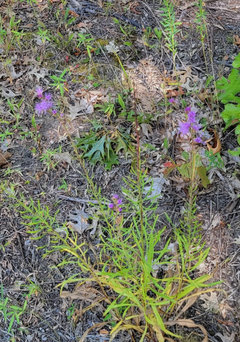
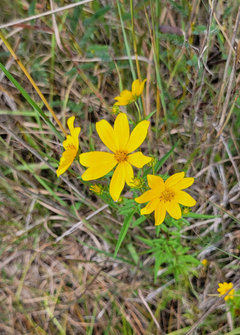
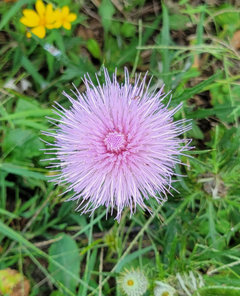
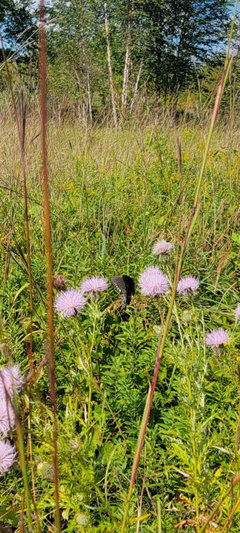
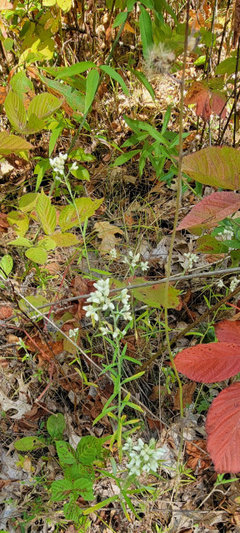
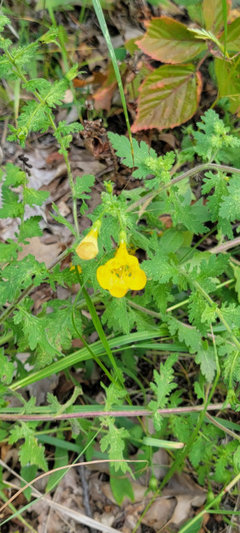

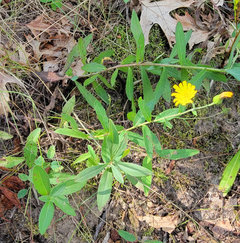
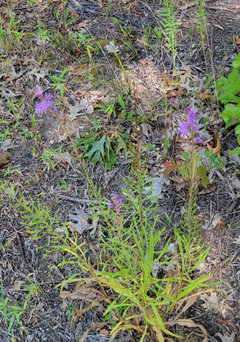
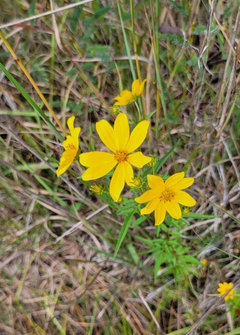
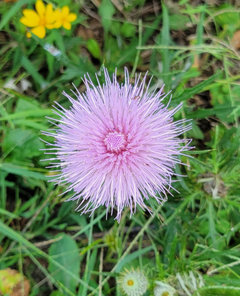
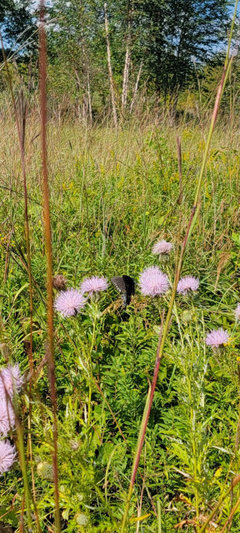
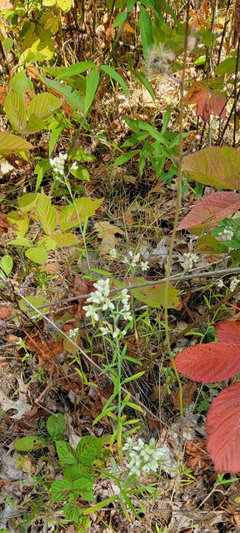

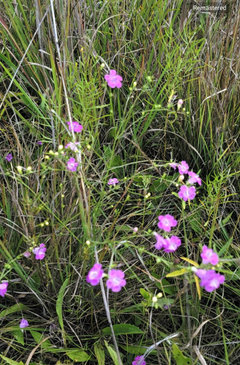
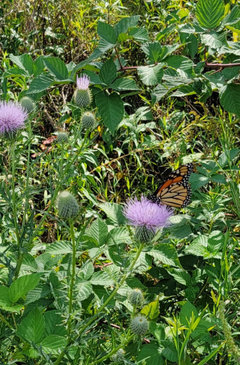
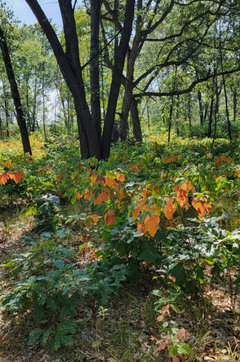
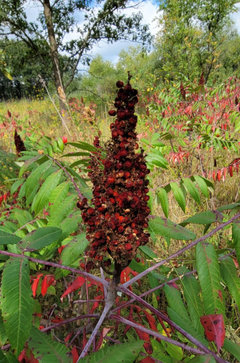
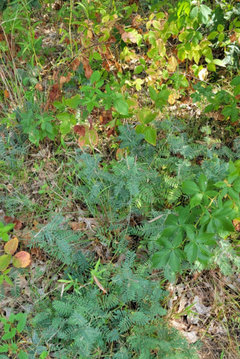

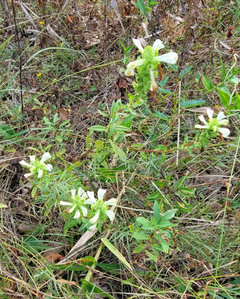

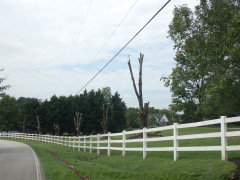

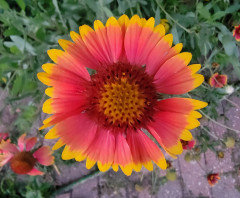

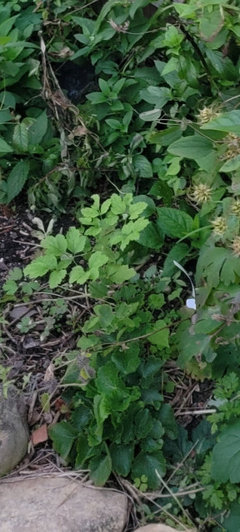

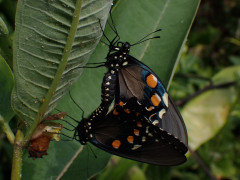

Jay 6a ChicagoOriginal Author